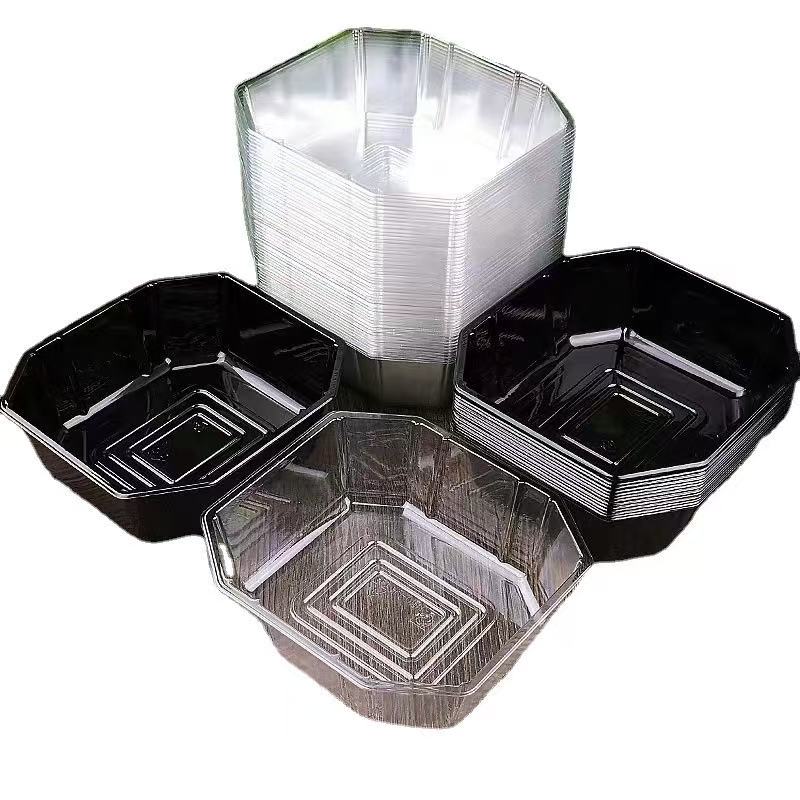
The Characteristics and Multifaceted Applications of PET Blister Packaging
2025-08-08 17:19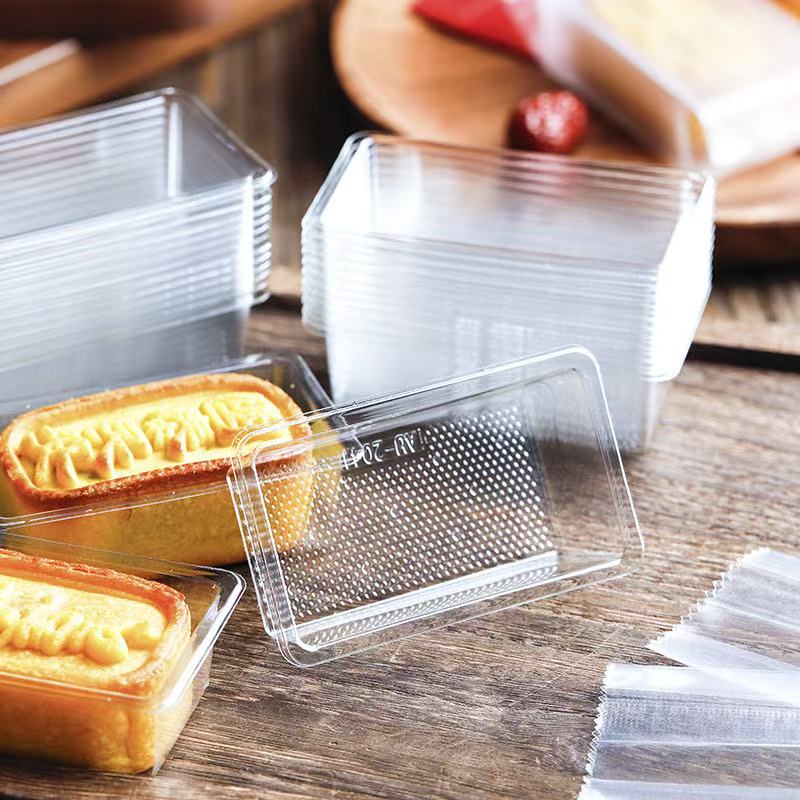 Characteristics of PET Film in Blister PackagingPET film, when used in blister packaging, offers a suite of properties that make it ideal for diverse applications. Below are its key characteristics:
Characteristics of PET Film in Blister PackagingPET film, when used in blister packaging, offers a suite of properties that make it ideal for diverse applications. Below are its key characteristics:High Transparency and Aesthetic Appeal: PET film boasts light transmission rates of up to 90%, providing glass-like clarity that showcases products effectively. Its low haze (typically <1%) ensures sharp visibility, making it perfect for retail displays where product presentation is critical.
Mechanical Strength and Durability: With a tensile strength of approximately 170–200 MPa, PET film forms robust blister packs that resist cracking or deformation during handling and transport. Its toughness ensures products remain secure, even under mechanical stress.
Excellent Barrier Properties: PET film provides a moderate barrier against moisture and gases, with a water vapor transmission rate (WVTR) of around 5–15 g/m²/day and an oxygen transmission rate (OTR) of 50–100 cc/m²/day. While not as impermeable as metallized films, it adequately protects products in many applications.
Thermal Stability: PET film maintains structural integrity across a wide temperature range (-40°C to 120°C), making it suitable for heat-sealing, sterilization, and refrigerated storage. Its high melting point (around 250°C) ensures stability during thermoforming processes.
Antistatic Capabilities with Modification: Naturally non-conductive, PET film can be treated with antistatic coatings or additives to achieve surface resistivity of 10^9–10^11 ohms/sq, enabling its use in electronics packaging to prevent electrostatic discharge (ESD).
Recyclability and Sustainability: PET is one of the most recyclable plastics, with established recycling streams worldwide. Blister packs made from recycled PET (rPET) are increasingly common, aligning with sustainability goals. For example, some manufacturers report using up to 50% rPET in food-grade blister packaging without compromising performance.
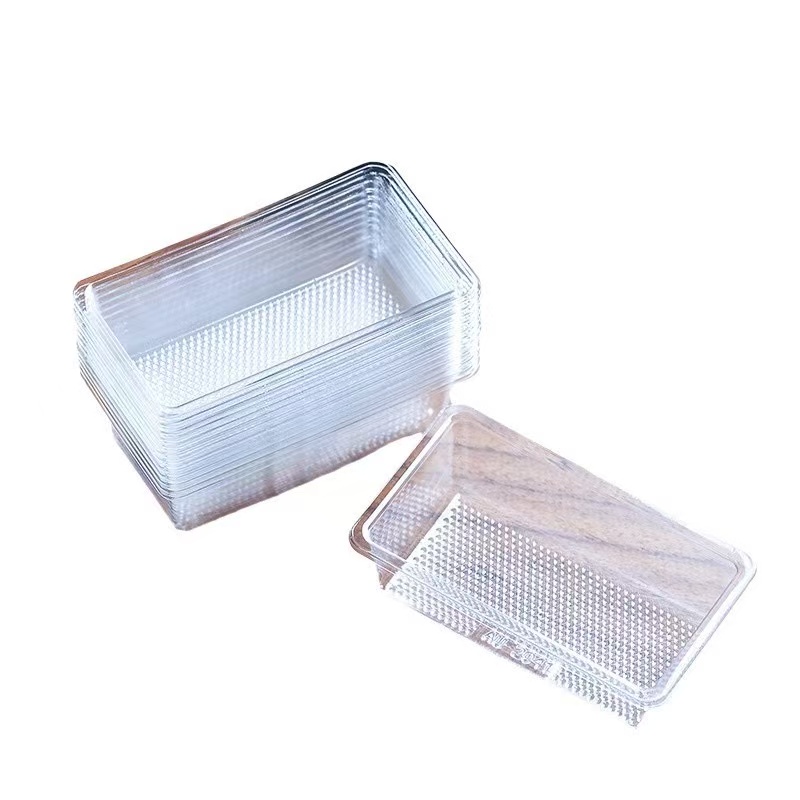 Applications of PET Blister Packaging1. Food Blister PackagingPET blister packaging is widely used in the food industry for products like fresh produce, baked goods, and ready-to-eat meals, where clarity, protection, and hygiene are paramount. The film’s transparency allows consumers to inspect the product’s quality, boosting confidence in purchasing decisions. For instance, PET blister packs for berries or salads highlight vibrant colors and freshness, driving sales in competitive retail environments.The moderate barrier properties of PET film protect food from moisture and contamination, extending shelf life. Studies indicate that PET blister packs can maintain the freshness of leafy greens for up to 25 days under refrigerated conditions, compared to 15–20 days for non-barrier materials. The film’s thermal stability supports heat-sealing for tamper-evident closures, critical for products like deli meats or cheeses packaged in modified atmosphere packaging (MAP).A compelling example is the use of PET blister packaging for premium bakery items. A U.S.-based artisanal bakery uses thermoformed PET trays to package macarons, leveraging the film’s clarity to display delicate pastel colors while its durability protects the fragile confections during transport. The recyclability of PET also aligns with consumer demand for eco-friendly packaging, with some brands incorporating rPET to reduce environmental impact. For instance, a European supermarket chain reported a 30% reduction in carbon footprint by switching to rPET blister packs for its private-label snacks.
Applications of PET Blister Packaging1. Food Blister PackagingPET blister packaging is widely used in the food industry for products like fresh produce, baked goods, and ready-to-eat meals, where clarity, protection, and hygiene are paramount. The film’s transparency allows consumers to inspect the product’s quality, boosting confidence in purchasing decisions. For instance, PET blister packs for berries or salads highlight vibrant colors and freshness, driving sales in competitive retail environments.The moderate barrier properties of PET film protect food from moisture and contamination, extending shelf life. Studies indicate that PET blister packs can maintain the freshness of leafy greens for up to 25 days under refrigerated conditions, compared to 15–20 days for non-barrier materials. The film’s thermal stability supports heat-sealing for tamper-evident closures, critical for products like deli meats or cheeses packaged in modified atmosphere packaging (MAP).A compelling example is the use of PET blister packaging for premium bakery items. A U.S.-based artisanal bakery uses thermoformed PET trays to package macarons, leveraging the film’s clarity to display delicate pastel colors while its durability protects the fragile confections during transport. The recyclability of PET also aligns with consumer demand for eco-friendly packaging, with some brands incorporating rPET to reduce environmental impact. For instance, a European supermarket chain reported a 30% reduction in carbon footprint by switching to rPET blister packs for its private-label snacks.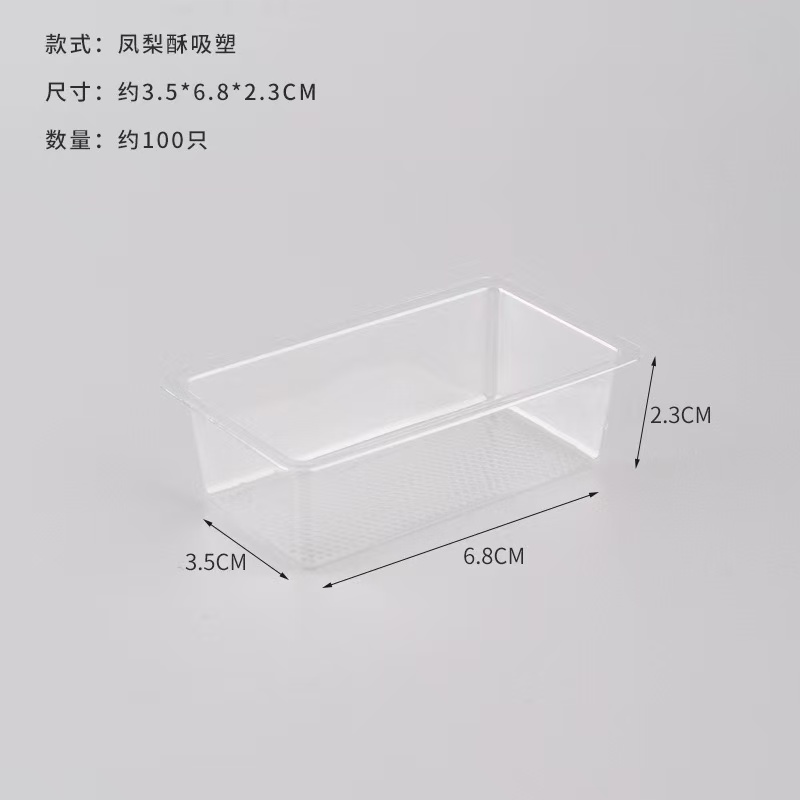 2. Disposable Tableware PackagingIn the disposable tableware sector, PET blister packaging is used to encase single-use cutlery, plates, and cups, ensuring hygiene and enhancing presentation. The film’s clarity allows consumers to verify the cleanliness and quality of the tableware, which is especially important for products marketed for events like weddings or corporate functions. PET blister packs also provide tamper-evident seals, reassuring users of product integrity.The mechanical strength of PET film ensures that blister packs withstand stacking and handling without collapsing, protecting fragile items like biodegradable forks or spoons. Its flexibility allows for precise thermoforming into custom shapes that securely hold tableware, minimizing movement during transport. For example, a global catering supplier uses PET blister trays to package eco-friendly cutlery sets, combining the film’s clarity with a sleek design to appeal to upscale clients. The packs’ heat-sealing capability ensures a tight seal, maintaining hygiene from production to end-use.Sustainability is a key advantage in this application. PET blister packs can be made from rPET, supporting circular economy initiatives. A notable case is a North American brand that introduced 100% rPET blister packaging for its compostable tableware, reducing virgin plastic use by 40% while maintaining the same clarity and strength. The lightweight nature of PET also lowers shipping costs, a critical factor in the high-volume tableware market.
2. Disposable Tableware PackagingIn the disposable tableware sector, PET blister packaging is used to encase single-use cutlery, plates, and cups, ensuring hygiene and enhancing presentation. The film’s clarity allows consumers to verify the cleanliness and quality of the tableware, which is especially important for products marketed for events like weddings or corporate functions. PET blister packs also provide tamper-evident seals, reassuring users of product integrity.The mechanical strength of PET film ensures that blister packs withstand stacking and handling without collapsing, protecting fragile items like biodegradable forks or spoons. Its flexibility allows for precise thermoforming into custom shapes that securely hold tableware, minimizing movement during transport. For example, a global catering supplier uses PET blister trays to package eco-friendly cutlery sets, combining the film’s clarity with a sleek design to appeal to upscale clients. The packs’ heat-sealing capability ensures a tight seal, maintaining hygiene from production to end-use.Sustainability is a key advantage in this application. PET blister packs can be made from rPET, supporting circular economy initiatives. A notable case is a North American brand that introduced 100% rPET blister packaging for its compostable tableware, reducing virgin plastic use by 40% while maintaining the same clarity and strength. The lightweight nature of PET also lowers shipping costs, a critical factor in the high-volume tableware market.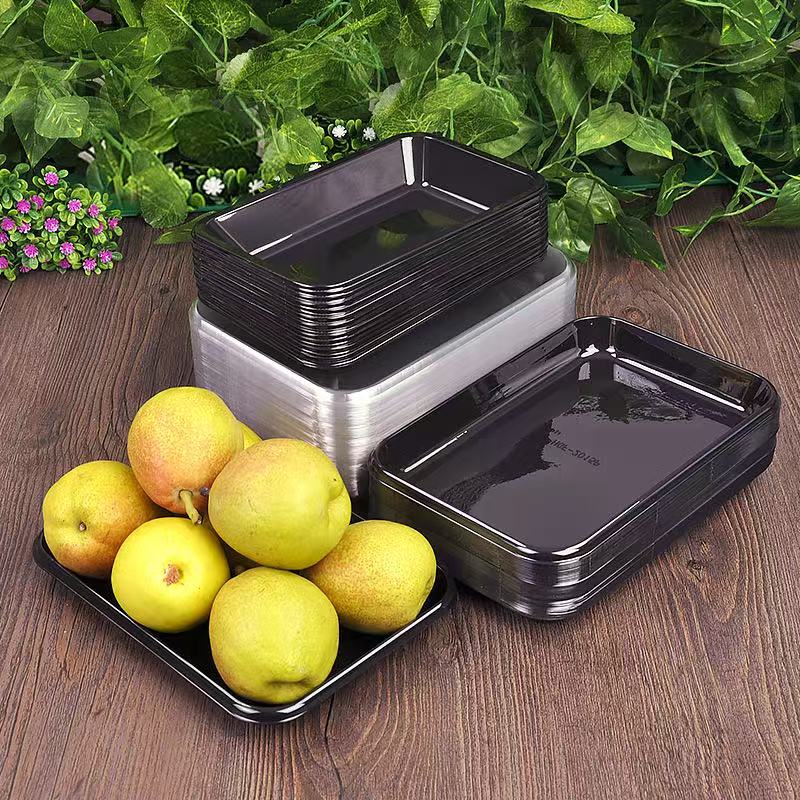 3. Antistatic PackagingIn the electronics industry, PET blister packaging is adapted for antistatic applications to protect sensitive components like microchips, circuit boards, and displays from electrostatic discharge (ESD), which can cause damages costing billions annually. By incorporating antistatic additives or coatings, PET film achieves the necessary dissipative properties, typically with surface resistivity in the range of 10^9–10^11 ohms/sq, meeting standards like ANSI/ESD S20.20.PET blister trays are commonly used to hold components during manufacturing and shipping. The film’s clarity allows for visual inspection without opening the packaging, reducing contamination risks in cleanroom environments. For example, PET blister packs are used to package semiconductor wafers, where the film’s antistatic properties prevent ESD damage, and its transparency enables quality checks without compromising sterility.The durability of PET film ensures that blister trays maintain their shape under the weight of heavy components, such as hard disk drives. A practical case is a leading electronics manufacturer that uses PET blister trays to package OLED display modules. The trays’ antistatic coatings protect the displays from static charges, while the film’s barrier properties shield against moisture, which can degrade organic materials. The thermoforming precision of PET also allows for custom-fit trays that secure components during automated assembly, enhancing production efficiency.
3. Antistatic PackagingIn the electronics industry, PET blister packaging is adapted for antistatic applications to protect sensitive components like microchips, circuit boards, and displays from electrostatic discharge (ESD), which can cause damages costing billions annually. By incorporating antistatic additives or coatings, PET film achieves the necessary dissipative properties, typically with surface resistivity in the range of 10^9–10^11 ohms/sq, meeting standards like ANSI/ESD S20.20.PET blister trays are commonly used to hold components during manufacturing and shipping. The film’s clarity allows for visual inspection without opening the packaging, reducing contamination risks in cleanroom environments. For example, PET blister packs are used to package semiconductor wafers, where the film’s antistatic properties prevent ESD damage, and its transparency enables quality checks without compromising sterility.The durability of PET film ensures that blister trays maintain their shape under the weight of heavy components, such as hard disk drives. A practical case is a leading electronics manufacturer that uses PET blister trays to package OLED display modules. The trays’ antistatic coatings protect the displays from static charges, while the film’s barrier properties shield against moisture, which can degrade organic materials. The thermoforming precision of PET also allows for custom-fit trays that secure components during automated assembly, enhancing production efficiency. Challenges and Future DirectionsDespite its advantages, PET blister packaging faces challenges, particularly in sustainability and cost. While PET is recyclable, the presence of additives or contamination from food residues can complicate recycling processes. However, advancements like chemical recycling and improved sorting technologies are increasing recovery rates. For instance, a recent study reported a 95% recycling efficiency for PET blister packs using enzymatic depolymerization, offering a path to a circular economy.Cost is another consideration, as high-clarity PET film can be more expensive than alternatives like PVC. However, its durability and recyclability often offset initial costs, especially in premium applications. The growing availability of rPET is also reducing costs, making PET blister packaging more competitive.Looking ahead, innovations in PET film are expanding its potential. For example, the development of bio-based PET, derived from renewable sources like sugarcane, promises to reduce reliance on fossil-based materials while maintaining performance. In electronics, smart PET blister packs with embedded sensors could enable real-time monitoring of component conditions. In food packaging, antimicrobial coatings on PET film could enhance safety, particularly for fresh produce. These advancements position PET blister packaging as a future-proof solution for evolving market needs.
Challenges and Future DirectionsDespite its advantages, PET blister packaging faces challenges, particularly in sustainability and cost. While PET is recyclable, the presence of additives or contamination from food residues can complicate recycling processes. However, advancements like chemical recycling and improved sorting technologies are increasing recovery rates. For instance, a recent study reported a 95% recycling efficiency for PET blister packs using enzymatic depolymerization, offering a path to a circular economy.Cost is another consideration, as high-clarity PET film can be more expensive than alternatives like PVC. However, its durability and recyclability often offset initial costs, especially in premium applications. The growing availability of rPET is also reducing costs, making PET blister packaging more competitive.Looking ahead, innovations in PET film are expanding its potential. For example, the development of bio-based PET, derived from renewable sources like sugarcane, promises to reduce reliance on fossil-based materials while maintaining performance. In electronics, smart PET blister packs with embedded sensors could enable real-time monitoring of component conditions. In food packaging, antimicrobial coatings on PET film could enhance safety, particularly for fresh produce. These advancements position PET blister packaging as a future-proof solution for evolving market needs.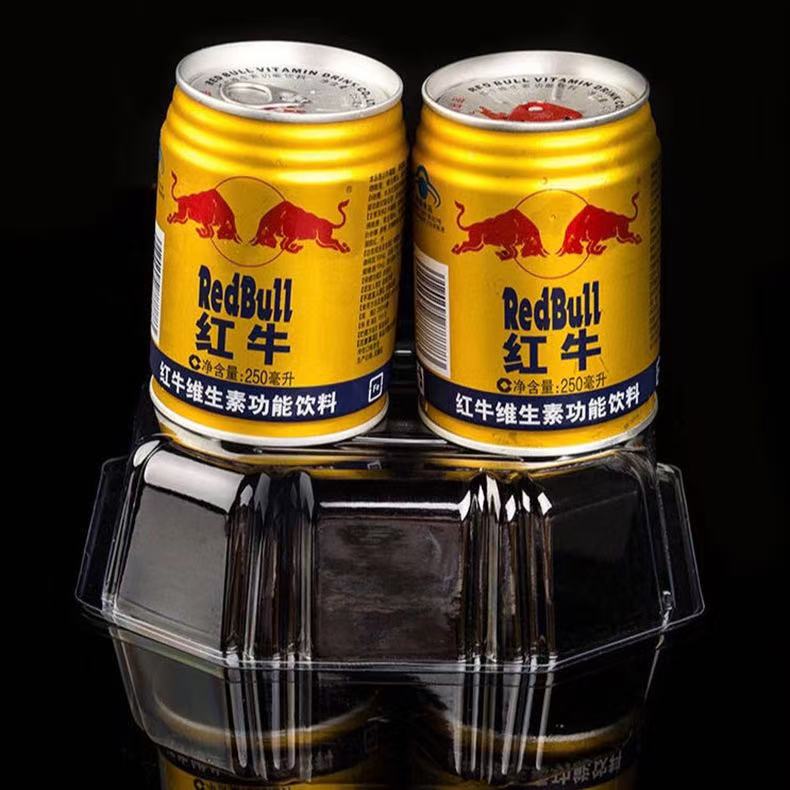 ConclusionPET blister packaging, derived from PET film, is a versatile and high-performing material that excels in food packaging, disposable tableware, and antistatic applications. Its transparency, durability, and recyclability make it ideal for showcasing products, ensuring protection, and meeting sustainability goals. From preserving the freshness of baked goods to safeguarding sensitive electronics, PET blister packaging delivers functionality and aesthetic appeal. As innovations in recycling and material science continue, PET film is set to play an even greater role in sustainable, high-performance packaging solutions.
ConclusionPET blister packaging, derived from PET film, is a versatile and high-performing material that excels in food packaging, disposable tableware, and antistatic applications. Its transparency, durability, and recyclability make it ideal for showcasing products, ensuring protection, and meeting sustainability goals. From preserving the freshness of baked goods to safeguarding sensitive electronics, PET blister packaging delivers functionality and aesthetic appeal. As innovations in recycling and material science continue, PET film is set to play an even greater role in sustainable, high-performance packaging solutions.